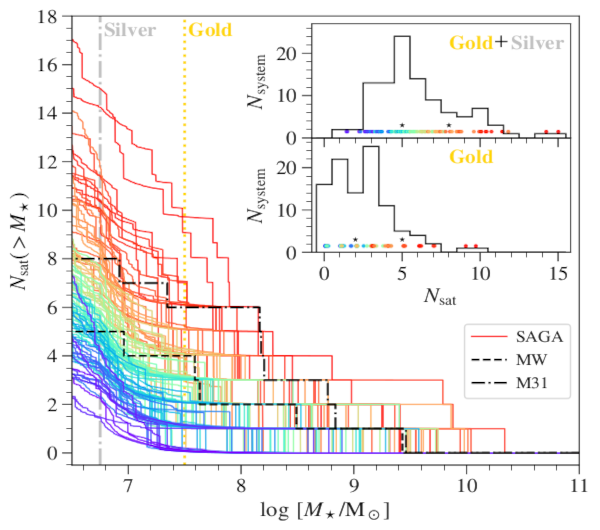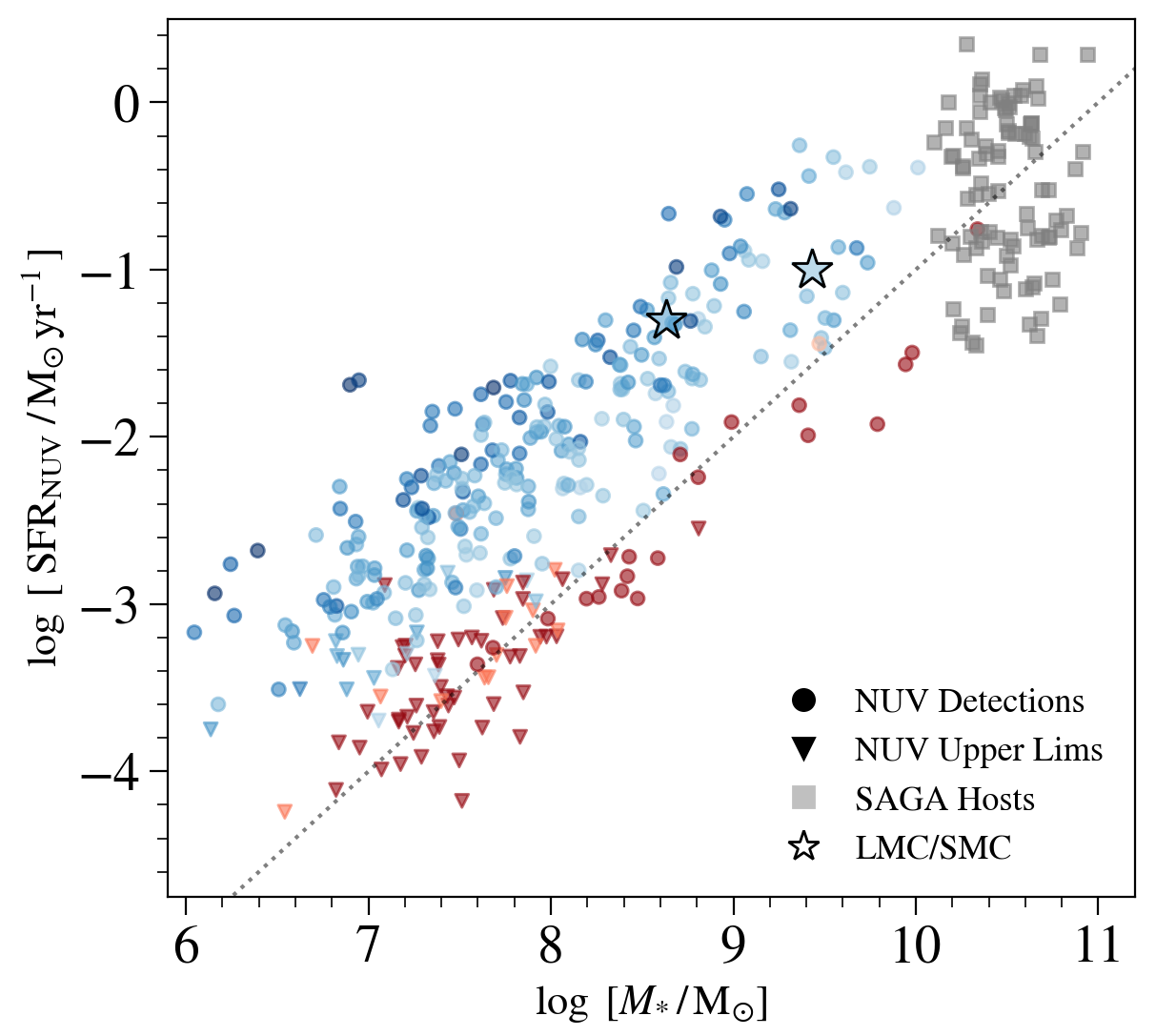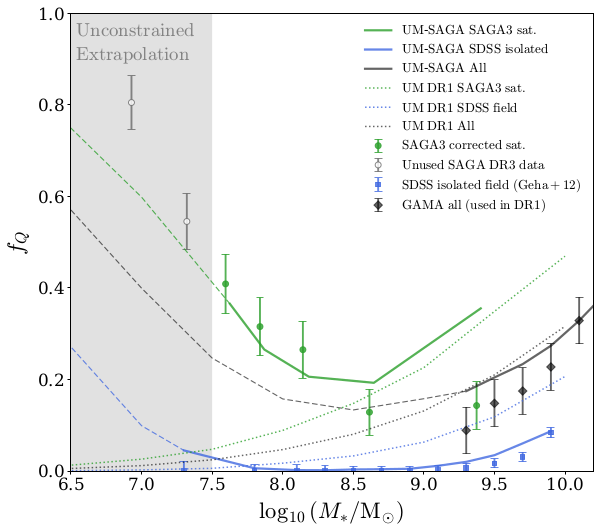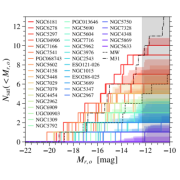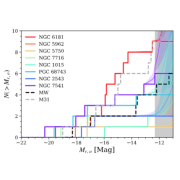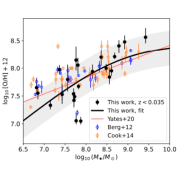
SAGA-bg I: Mass Loading Factor in Low-Mass Galaxies
We use SAGA background galaxy spectra to construct a sample of 11,925 low-mass galaxies with redshifts from 0.01 to 0.21, and measure a auroral line metallicity for 120 galaxies. We infer a mass-loading factor of unity.
